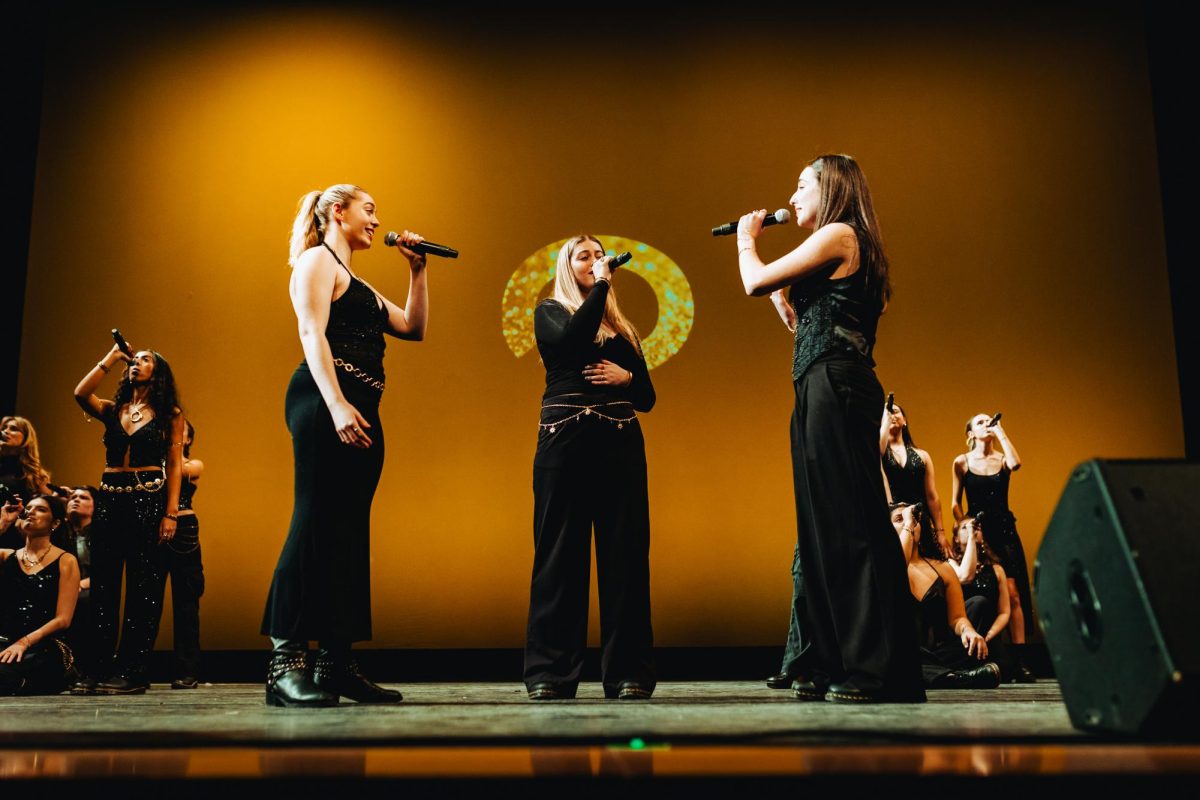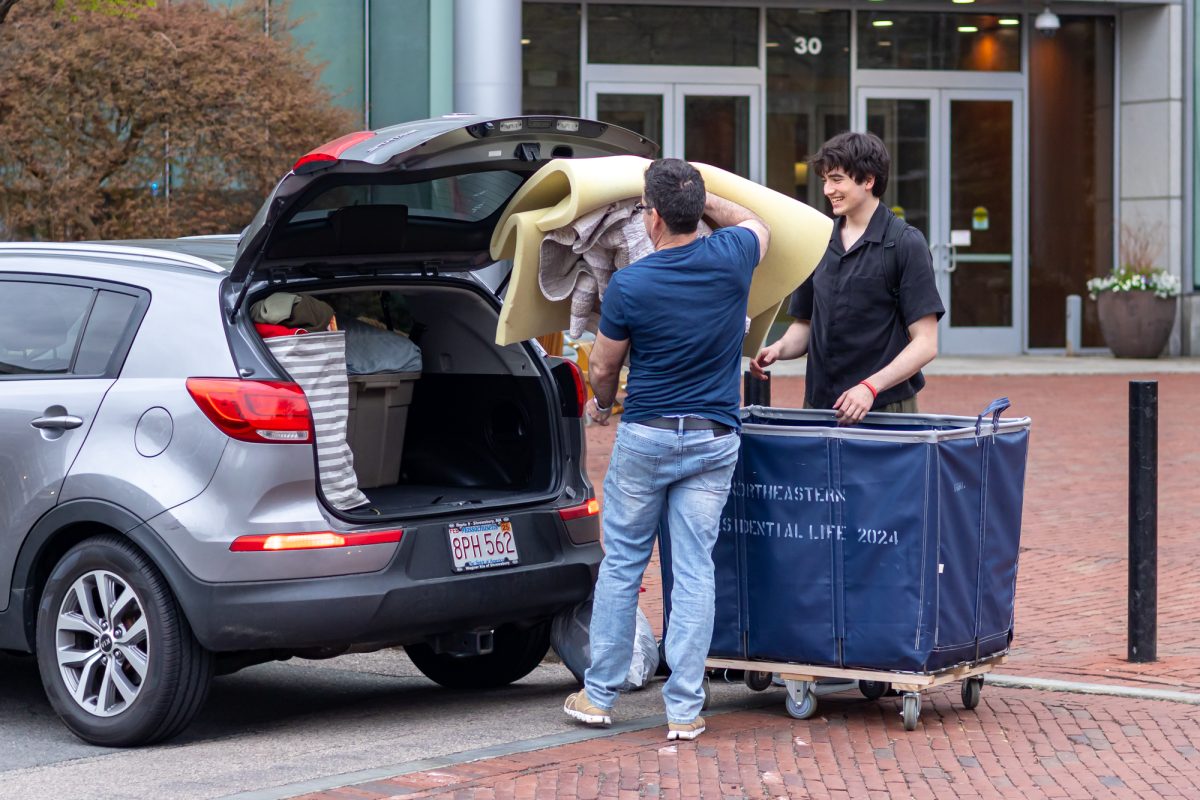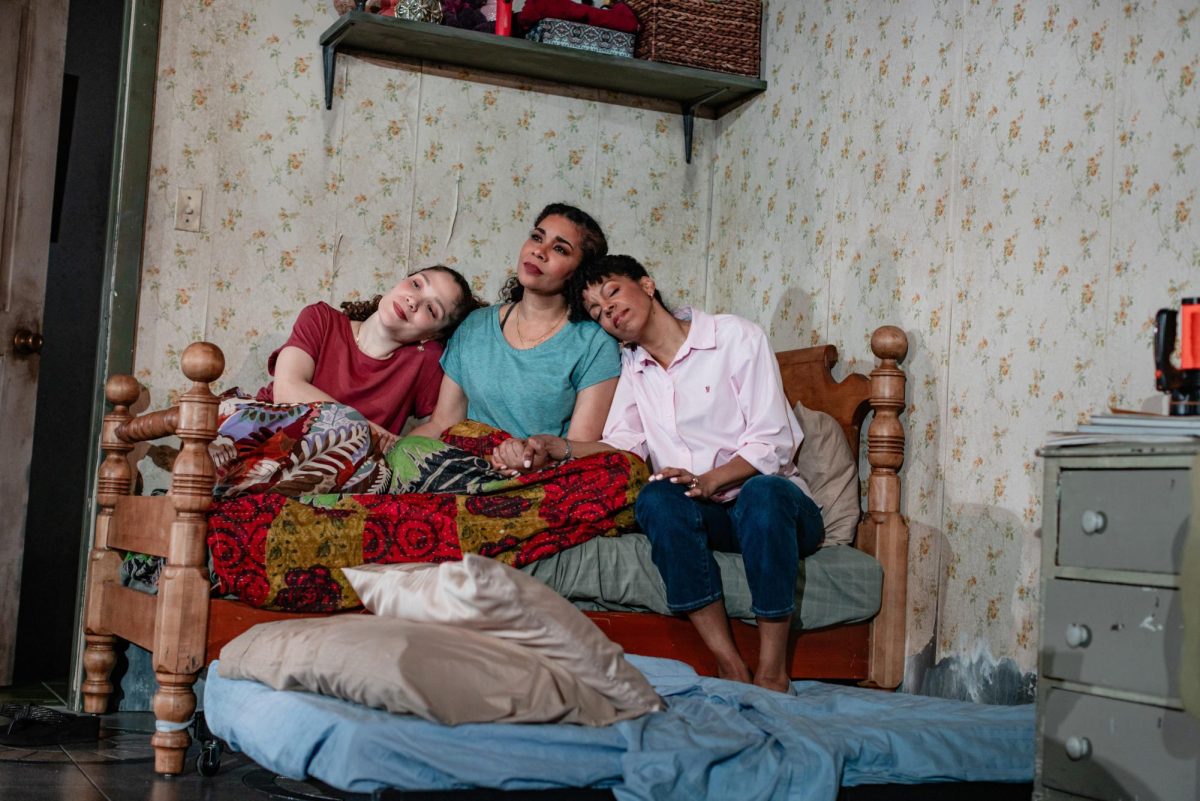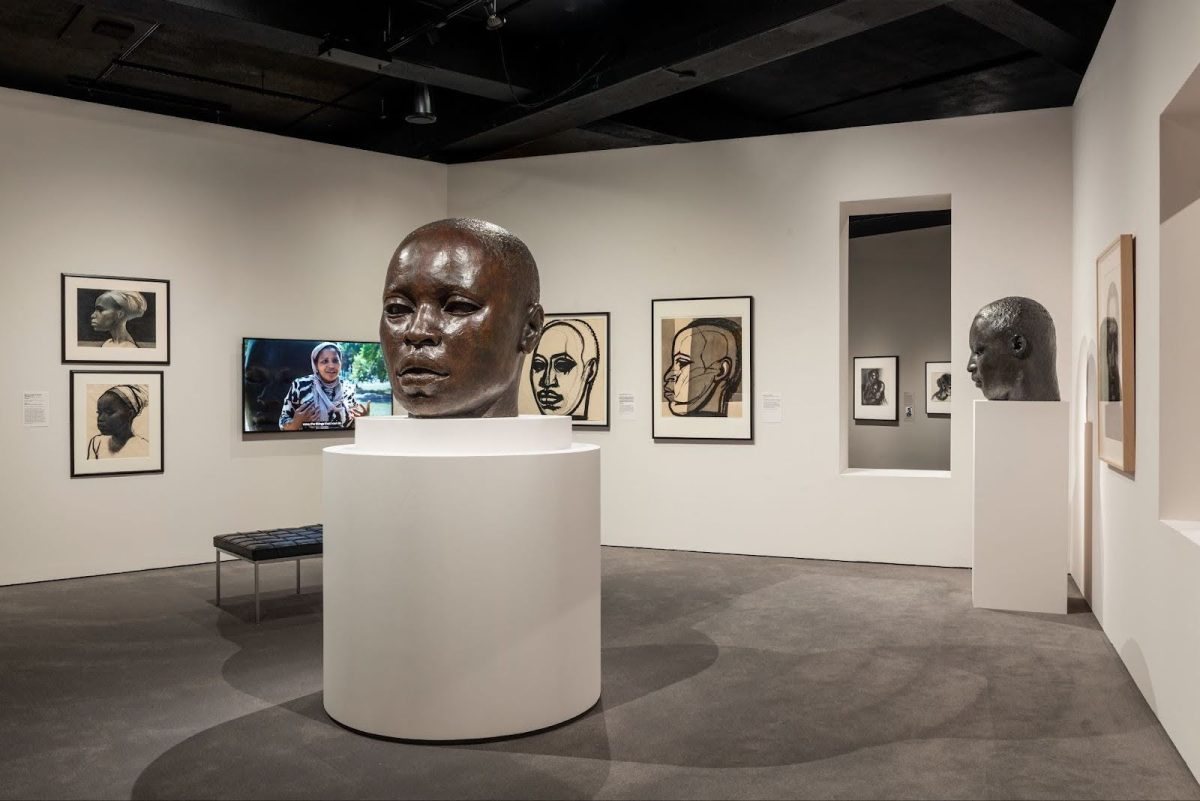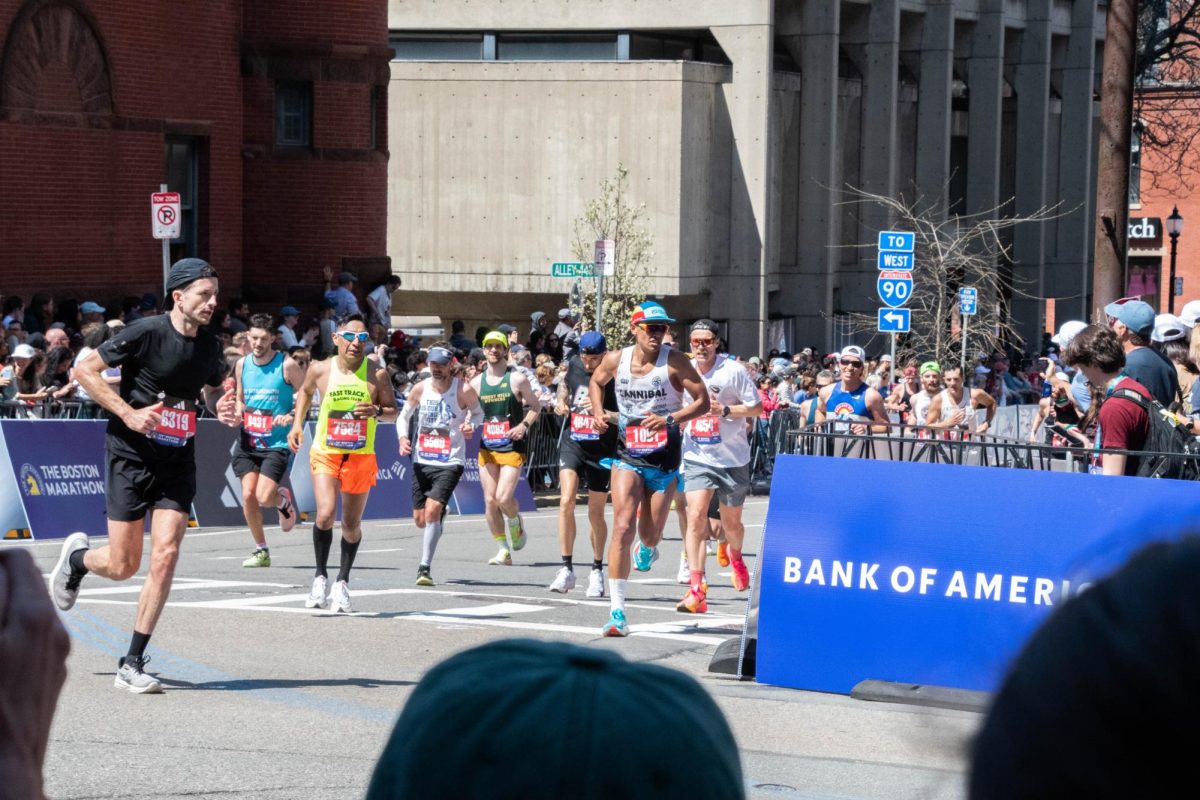By William Johnston, News Correspondent

The flights from San Francisco to Tokyo and Shanghai were long; and the triumphant, leg-stretching emergence into non-recycled air was less joyous than it could have been. It felt like we’d walked into a small bathroom someone had recently finished taking a shower in.
I soon began to notice the cultural differences between Shanghai and the US. On the ride into Shanghai city, I noticed the highway was extremely well-monitored by both speed and surveillance cameras. These, along with the soldiers omnipresent in the subway and on the streets, served as reminders that China does still have a repressive government.
The nightlife is much the same as it is here: a variety of clubs, bars. The drinking age is a loosely-enforced 18.
One other component of the nightlife, less pronounced in Shanghai than other parts of Asia, is the night market: After the sun goes down, street vendors take over a couple square blocks to hawk their wares – mostly foods. The prices are low and the atmosphere is vibrant, although because of the massive crowds, it is several degrees hotter than the rest of the city. These markets happen every night, but they’re busier on Fridays and Saturdays.
The architecture of Shanghai is very cosmopolitan. Some of the streets could even have been lifted from Boston. The prices, thankfully, could not have been. So long as we avoided the expressly tourist destinations, the United States Dollar had a definite advantage in purchasing power.
We were able to dine in fine restaurants on multi-course meals for $15; museums with exhibits translated into English were cheap to enter; and the subway cost us almost nothing to ride.
The 2010 World Expo was the only place our wallets really even noticed. The World Expo is an event held occasionally throughout the past 200 years to serve as a place for all the countries of the world to display their unique cultures and innovation. It was a pricey tourist attraction.
Some of downtown Shanghai’s more touristy destinations, that we did not explore were even more expensive. For instance, the Pearl Tower, a space-age looking construct of vertically arranged purple orbs, cost nearly $100 to summit.
The public transit was very crowded but not frantic. Boarding was orderly, and we always waited until everyone disembarked before entering. Passengers would, in single file by order of arrival, studiously replicate the conditions of a can of sardines. This noticeable courtesy wasn’t just while waiting for the train: The people, in general, were polite. If we had a question, they would first really try to understand it and then they would attempt to help.
Shanghai has skyscrapers, sprawling parks, and pieces of culture crystallized, sterilized, and displayed; it felt Western. Even the traditional Chinese-style squatting toilets were uncommon; almost all the toilets had seats like in America.
However, on the side streets and alleyways, off the path laid out for foreigners, the history and the culture could be felt in a more genuine sense. There are more open-air markets than grocery stores in Shanghai. The occasional night market and other Chinese traditions are a reminder that China only recently rocketed to infrastructural and technological modernity.


